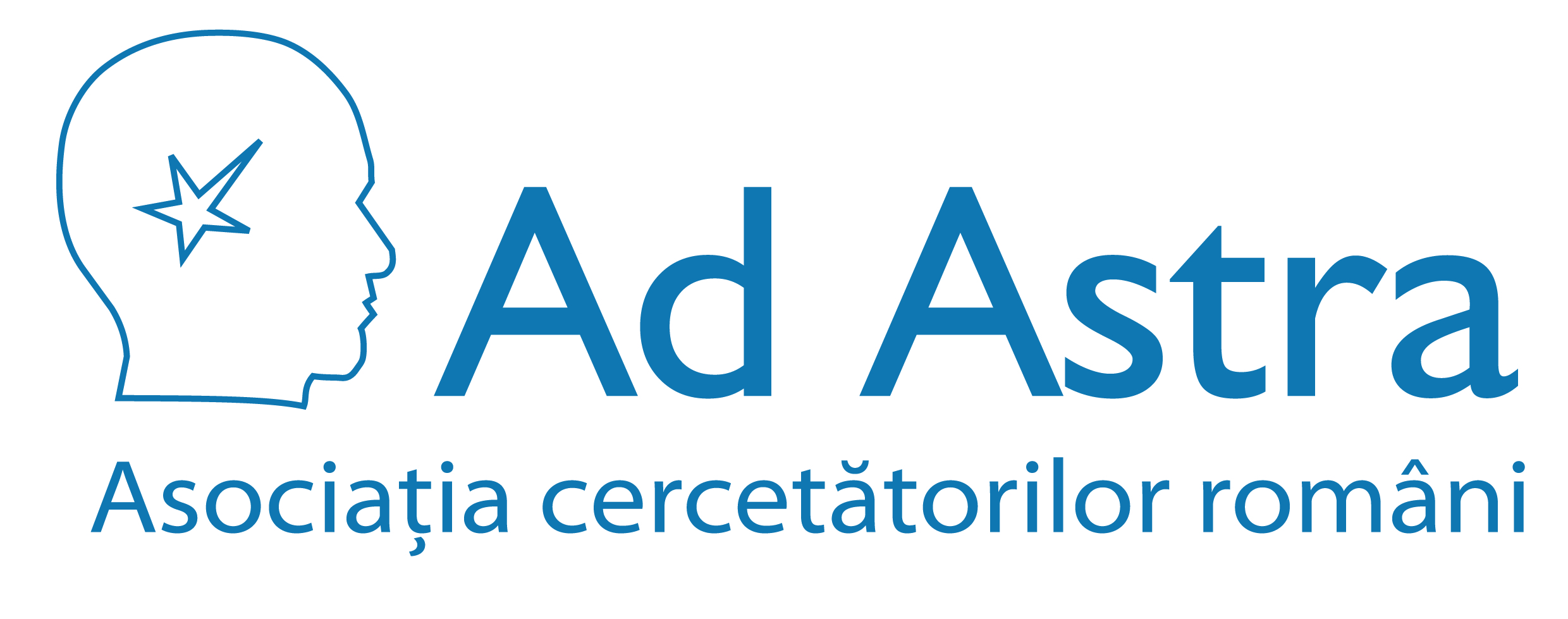Scopul nostru este sprijinirea şi promovarea cercetării ştiinţifice şi facilitarea comunicării între cercetătorii români din întreaga lume.
Staff Login
Changing Microspatial Patterns of Sulfate-Reducing Microorganisms (SRM) during Cycling of Marine Stromatolite Mats
Domenii publicaţii > Biologie + Tipuri publicaţii > Articol în revistã ştiinţificã
Autori: Petrisor AI, Szyjka S, Kawaguchi T, Visscher PT, Norman RS, Decho AW
Editorial: International Journal of Molecular Sciences, 15(1), p.850-877, 2014.
Rezumat:
Microspatial arrangements of sulfate-reducing microorganisms (SRM) in surface microbial mats (~1.5 mm) forming open marine stromatolites were investigated. Previous research revealed three different mat types associated with these stromatolites, each with a unique petrographic signature. Here we focused on comparing „non-lithifying” (Type-1) and „lithifying” (Type-2) mats. Our results revealed three major trends: (1) Molecular typing using the dsrA probe revealed a shift in the SRM community composition between Type-1 and Type-2 mats. Fluorescence in-situ hybridization (FISH) coupled to confocal scanning-laser microscopy (CSLM)-based image analyses, and 35SO42-silver foil patterns showed that SRM were present in surfaces of both mat types, but in significantly (p < 0.05) higher abundances in Type-2 mats. Over 85% of SRM cells in the top 0.5 mm of Type-2 mats were contained in a dense 130 µm thick horizontal layer comprised of clusters of varying sizes; (2) Microspatial mapping revealed that locations of SRM and CaCO3 precipitation were significantly correlated (p < 0.05); (3) Extracts from Type-2 mats contained acylhomoserine-lactones (C4- ,C6- ,oxo-C6,C7- ,C8- ,C10- ,C12- , C14-AHLs) involved in cell-cell communication. Similar AHLs were produced by SRM mat-isolates. These trends suggest that development of a microspatially-organized SRM community is closely-associated with the hallmark transition of stromatolite surface mats from a non-lithifying to a lithifying state.
Cuvinte cheie: biofilms, EPS, microbial mats, microspatial, sulfate-reducing microorganisms, dsrA probe, chemical signals, CaCO3, AHLs, 35SO42− silver-foil

